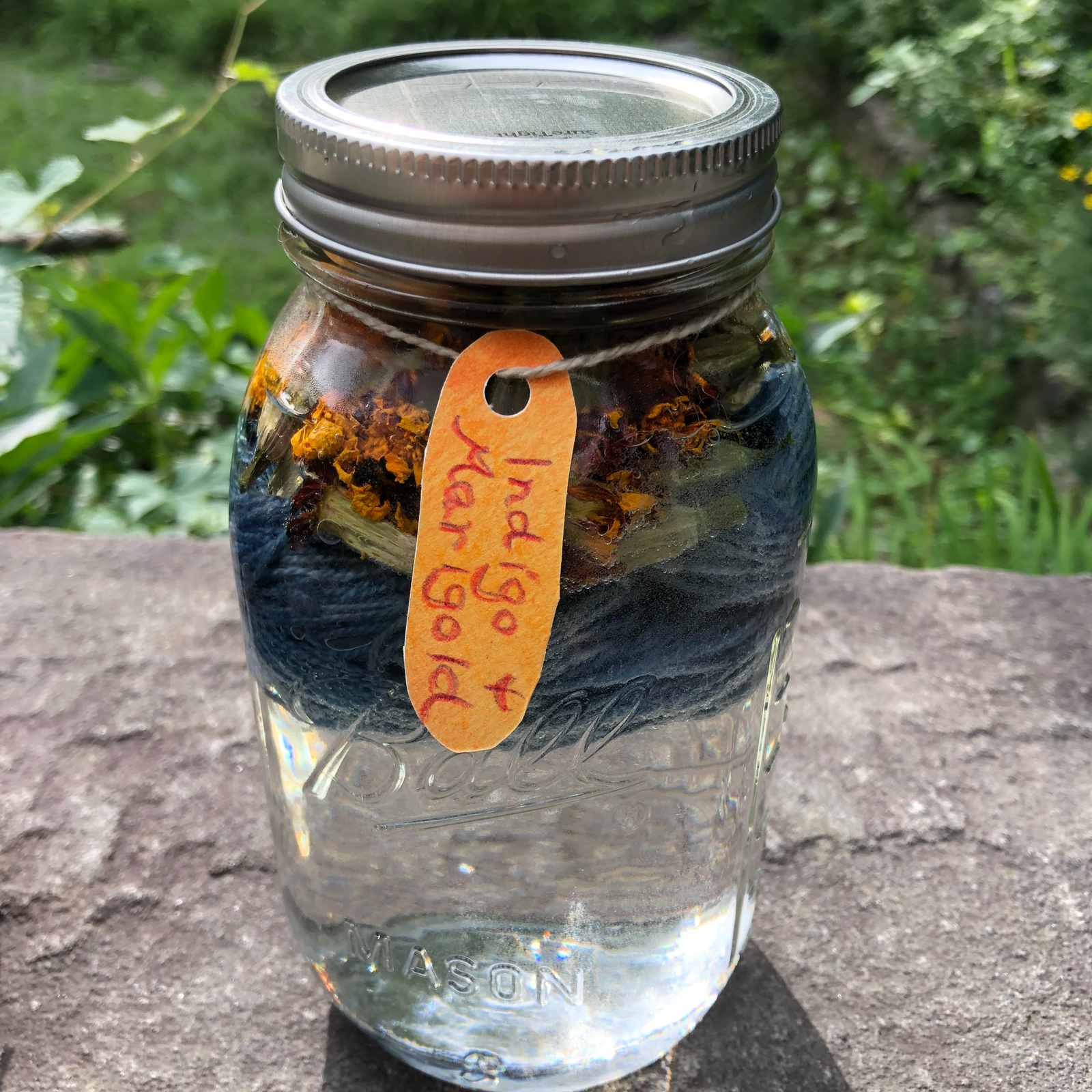The one downside is that every single month, when I switch out the display to a new artist, I have to stop and look through an entire volume to see if our featured artist is included!
(The artist list inside the front cover has only the last name... and I thought there was an entry for Sonia Delaunay but it was her husband Robert.)
list of artists for 2022-2023
Alexander Calder, Barbara Hepworth, Mary Blair, Jackson Pollock, Ruth Asawa, John Chamberlain, Helen Frankenthaler, Dale Chihuly
list of artists for 2023-2024
Piet Mondrian, Louise Bourgeois, Corita Kent, Yves Klein, Faith Ringgold, Zaha Hadid, Andy Goldsworthy, Marianthe Loucataris
list of artists for 2024-2025
Sonia Delaunay, Marc Chagall, Joseph Cornell, Arshile Gorky, Romare Bearden, Tove Jansson, Leonora Carrington, Friedensreich Hundertwasser, Banksy
I'm finalizing my lesson plans for October's study of Marc Chagall, and I decided this was the last time I'd spend forever looking through the pages. So, to help myself out in the future, here is the complete list of artists!
Volume 1
- ANDREA DEL SARTO
ANGELICO Fra
ANTONELLO DA MESSINA
ARCIMBOLDO Giuseppe
AUDUBON John James
BACON Francis
BALLA Giacomo
BARTOLOMMEO Fra
BEARDEN Romare (Jan 2025)
BECCAFUMI Domenico
BECKMANN Max
BELLINI Gentile
BELLINI Giovanni
BELLOWS George
BENTON Thomas Hart
BERNINI Gianlorenzo
BLAKE William
BONNARD Pierre
BOSCH Hieronymus
BOTTICELLI Sandro
BOUCHER François
BOURGEOIS Louise (Oct 2023)
BRANCUSI Constantin
BRAQUE Georges
BRONZINO Agnolo
BRUEGEL Pieter
BURNE-JONES Edward
CALDER Alexander (Sep 2022)
CAMPIN Robert
CANALETTO
CANOVA Antonio
CARAVAGGIO
CARPACCIO Vittore
CARRACCI Annibale
CASSATT Mary
CATLIN George
CÉZANNE Paul
CHAGALL Marc (Oct 2024)
CHARDIN Jean-Baptiste-Siméon
CHIRICO Giorgio de
CIMABUE
Volume 2
- COLE Thomas
CONSTABLE John
COPLEY John Singleton
COROT Camille
CORREGGIO Antonio
COSSA Francesco del
COURBET Gustave
CRIVELLI Carlo
DALÍ Salvador
DAUMIER Honoré
DAVID Jacques-Louis
DAVIS Stuart
DEGAS Edgar
DE KOONING Willem
DELACROIX Eugène
DELAUNAY Robert
DEMUTH Charles
DERAIN André
DINE Jim
DONATELLO
DOVE Arthur
DUCCIO di Buoninsegna
DUCHAMP Marcel
DUFY Raoul
DÜRER Albrecht
EAKINS Thomas
ELSHEIMER Adam
ENSOR James
ERNST Max
FOUQUET Jean
FRAGONARD Jean-Honoré
FRANKENTHALER Helen (Mar 2023)
FREUD Lucian
FRIEDRICH Caspar David
GAINSBOROUGH Thomas
GAUGUIN Paul
GEERTGEN tot Sint Jans
GENTILE da Fabriano
GENTILESCHI Artemisia
GÉRICAULT Théodore
GHIBERTI Lorenzo
GHIRLANDAIO Domenico
GIACOMETTI Alberto
GIAMBOLOGNA
GIORGIONE
Volume 3
- GIOTTO di Bondone
GIOVANNI di Paolo
GONCHAROVA Natalia
GORKY Arshile (Dec 2024)
GOYA Francisco
GOZZOLI Benozzo
GRECO El
GRIS Juan
GROSZ George
GRÜNEWALD Mathis
HALS Frans
HASSAM Childe Frederick
HENRI Robert
HESSE Eva
HICKS Edward
HILLIARD Nicholas
HOCKNEY David
HOGARTH William
HOLBEIN Hans
HOMER Winslow
HOPPER Edward
INGRES Jean Auguste Dominique
INNESS George
JOHNS Jasper
KAHLO Frida
KANDINSKY Wassily
KAUFFMANN Angelica
KIRCHNER Ernst Ludwig
KLEE Paul
KLIMT Gustav
KOKOSCHKA Oskar
KRASNER Lee
LA TOUR Georges de
LAWRENCE Thomas
LÉGER Fernand
LEONARDO da Vinci
LICHTENSTEIN Roy
LIMBOURG BROTHERS
LIPPI Fra Filippo
LORRAINE Claude
LOTTO Lorenzo
LOWRY L. S.
MACKE August
MAGRITTE René
MALEVICH Kasimir
Volume 4
- MANET Edouard
MANTEGNA Andrea
MARC Franz
MARIN John
MARTINI Simone
MASACCIO
MATISSE Henri
MEMLING Hans
MICHELANGELO BUONARROTI
MILLET Jean-François
MIRÓ Joan
MODERSOHN-BECKER Paula
MODIGLIANI Amedeo
MONDRIAN Piet (Sep 2023)
MONET Claude
MOORE Henry
MOREAU Gustave
MORISOT Berthe
MORRIS William
MOTHERWELL Robert
MUNCH Edvard
MURILLO Bartolomé
NEWMAN Barnett
NOLAN Sidney
NOLDE Emil
O'KEEFFE Georgia
OLDENBURG Claes
OROZCO José
PERUGINO Pietro
PICASSO Pablo
PIERO DELLA FRANCESCA
PIPPIN Horace
PISANO Andrea
PISSARRO Camille
POLLOCK Jackson (Dec 2022)
PONTORMO
POUSSIN Nicolas
RAPHAEL
RAUSCHENBERG Robert
REDON Odilon
REGO Paula
REMBRANDT
RENOIR Pierre Auguste
REYNOLDS Joshua
RIVERA Diego
Volume 5
- ROBBIA Luca della
ROCKWELL Norman
RODIN Auguste
ROSSETTI Dante Gabriel
ROTHKO Mark
ROUAULT Georges
ROUSSEAU Henri
RUBENS Peter Paul
RUBLEV Andrei
RYDER Albert Pinkham
SARGENT John Singer
SASSETTA Stefano
SCHIELE Egon
SEGAL George
SEURAT Georges
SHAHN Ben
SISLEY Alfred
SLUTER Claus
SOUTINE Chaïm
SPENCER Stanley
STUBBS George
TIEPOLO Giambattista
TINTORETTO
TITIAN
TOULOUSE-LAUTREC Henri de
TURNER J. M. W.
UCCELLO Paolo
UTRILLO Maurice
VAN DER WEYDEN Rogier
VAN DYCK Anthony
VAN EYCK Jan
VAN GOGH Vincent
VAN HONTHORST Gerrit
VAN RUISDAEL Jacob
VELÁZQUEZ Diego
VERMEER Jan
VERONESE Paolo
VUILLARD Edouard
WARHOL Andy
WATTEAU Antoine
WEST Benjamin
WHISTLER James Abbott McNeill
WOOD Grant
WYETH Andrew
ZURBARÁN Francisco de
This post contains affiliate links to materials I truly use for homeschooling. Qualifying purchases provide me with revenue. Thank you for your support!





















































 Immersive Experience
Immersive Experience Immersive Experience
Immersive Experience






